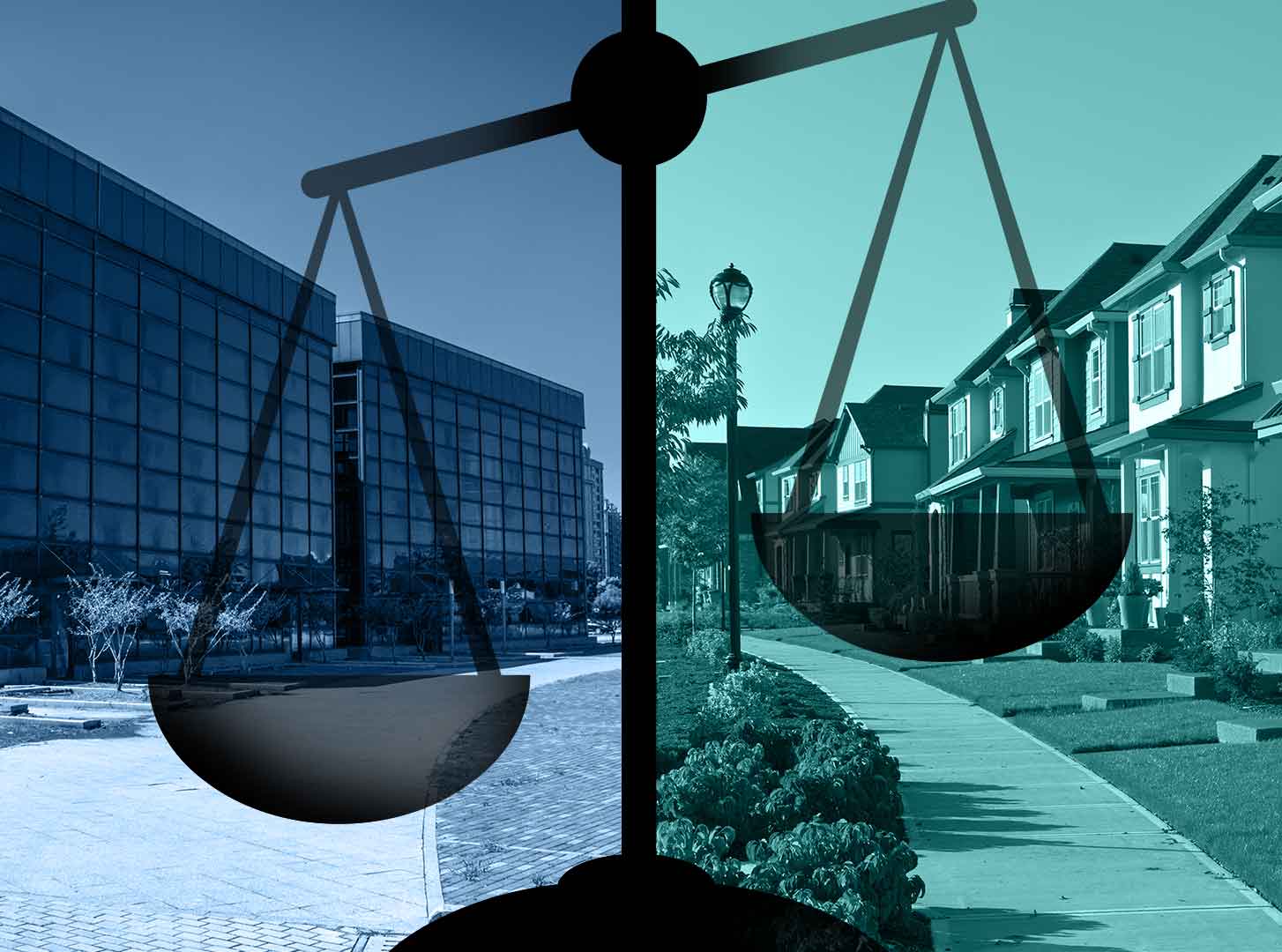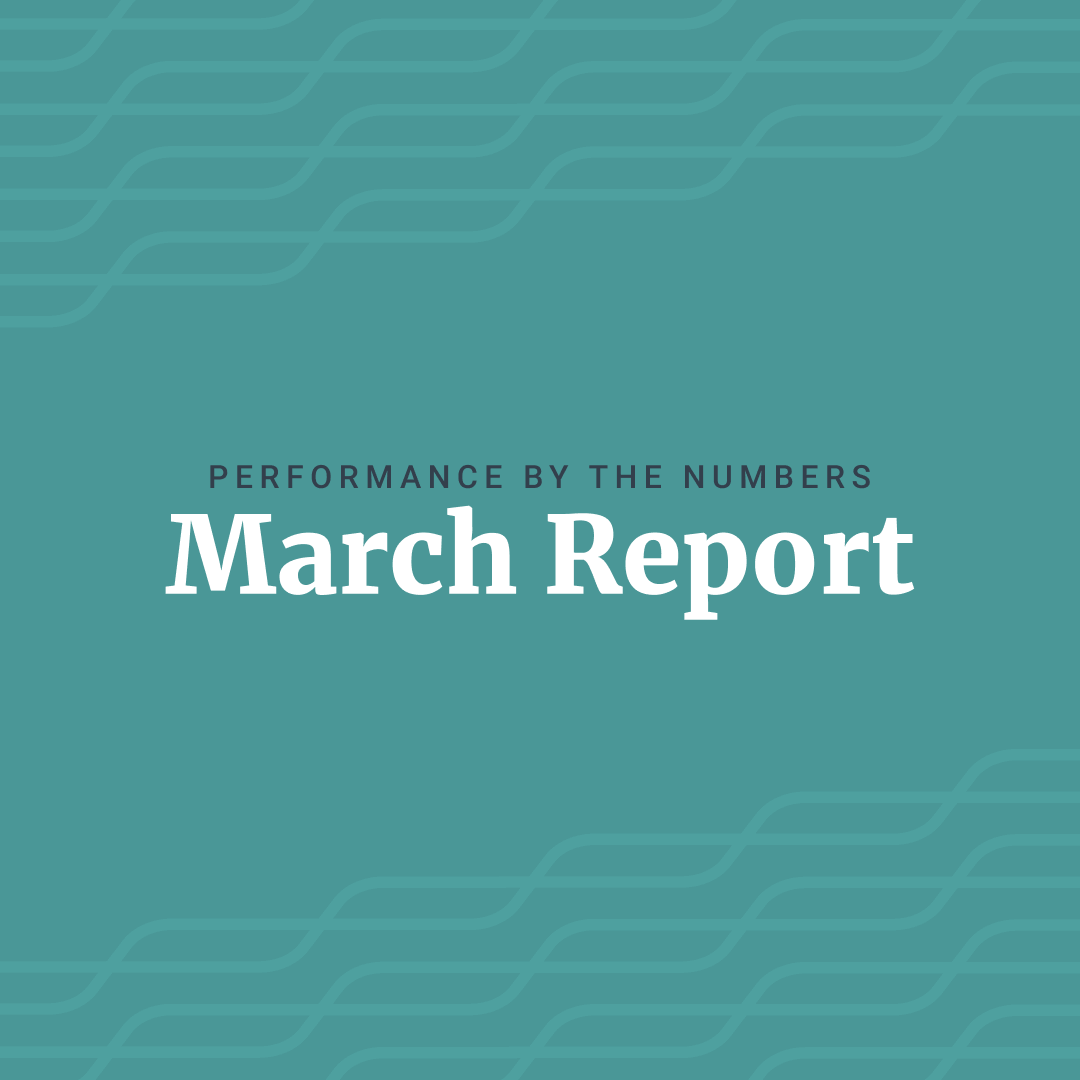In the heart of America’s bustling metro areas, amidst the urban sprawl and towering skyscrapers, lies a hidden challenge that exacerbates the country’s housing shortage crisis: aging housing stock.
To many, the idea that we even have a housing shortage may be a bit of a head-scratcher. After all, new homes are being built all the time, aren’t they? And one only needs to look at Zillow to see there are always properties on the market. Well, yes, and yes. But zoom out and you get the whole picture: The number of homes being made available is not keeping pace with the number of new households being formed, and the laws of supply and demand are such that a whole generation is being priced out of the American Dream of home ownership.
This housing shortage, and its causes and effects, are explored in depth in our recent report, Here Comes the Neighborhood.
However, the number of properties available is only part of the equation; the age, quality, and sustainability of those that are available should also be cause for concern.
Aging Disgracefully?
The majority of homes in our country’s metropolitan areas were built decades ago. For all their ‘character’ and ‘charm’, they also stand as relics of a bygone era, characterized by outdated construction methods and inefficient energy usage. Recent research shows that the median age of homes in New York (NY), Jersey City and Newark (NJ) and Pittsburgh (PA) is 62 years; in Cleveland (OH) it is 59 years; 58 years in Boston (MA). The list goes on.
These houses are impractical for many buyers, most of whom lack the appetite to spend the time and money required to bring them up to 21st century livability standards and keep them that way. Even if one is willing to undertake a makeover that strips out lead paint or unsafe wiring, update antiquated kitchens and bathrooms and knock through rooms to create more open living spaces, older homes can still surprise their owners with ongoing needs for costly repairs and maintenance.
With all of this to consider, it is small wonder that many older neighborhoods simply go to seed.
Changing Expectations
Older homes are also far less energy efficient than newer ones, which are subject to much more stringent standards. As technology has advanced and environmental consciousness has grown, the importance of energy efficiency has become much more apparent. Levels of energy efficiency that were tolerable for our parents and grandparents will no longer cut it, and the millennial rightly expects more. However, many older homes remain woefully ill-equipped to embrace these advancements.
Consider the typical suburban neighborhood, where rows of aging homes stand as a testament to past architectural trends. Behind the facade of nostalgia lies a stark reality: these homes consume far more energy than their modern counterparts. Poor insulation, outdated appliances, and inefficient heating and cooling systems render them energy vampires, draining precious resources and driving up utility costs for their occupants.
It is often said, “the greenest house is the one already standing”, and we fully believe in the value of revitalizing an old home with ‘good bones’. As any old homeowner can tell you, there are energy-efficient updates for which a breakeven analysis of energy costs clearly calls.
The Role of Investors
For investors, this represents an opportunity.
The first order of business must be to make it easier for private developers to play their part in closing the gulf between housing demand and supply. Access to the necessary funding is the number one obstacle to be removed, which is why Upright exists: To connect developers with investors.
As our Here Comes the Neighborhood report outlines, local, private developers have a vital role to play, not just in building more homes, but in raising the standard of the older homes that make up the majority of this country’s housing stock.
This work is only accelerated with the backing of those willing to invest in residential real estate through platforms like Upright; and the scale of the job to be done in upgrading our aging housing is such that there are healthy returns to be made, while also making living conditions better, and more sustainable, for millions of people.
Retrofitting for a Brighter Future
Retrofitting older homes with energy-efficient upgrades not only benefits the environment but also enhances the livability and affordability of these residences.
Imagine a future where every home, regardless of age, boasts state-of-the-art energy solutions, seamlessly integrated into its design. From solar panels adorning rooftops to smart thermostats optimizing energy usage, these upgrades represent a transformative shift towards sustainability, as well as reduced cost of ownership. Moreover, they breathe new life into aging neighborhoods, revitalizing communities and fostering economic growth.
The journey towards sustainable housing begins with a collective acknowledgment of the challenges posed by aging housing stock. Through collaboration between investors, policymakers, and community stakeholders, we can pave the way for a brighter future. By prioritizing energy efficiency and sustainable practices, we not only address the housing shortage crisis but also lay the foundation for a more resilient and equitable society.




